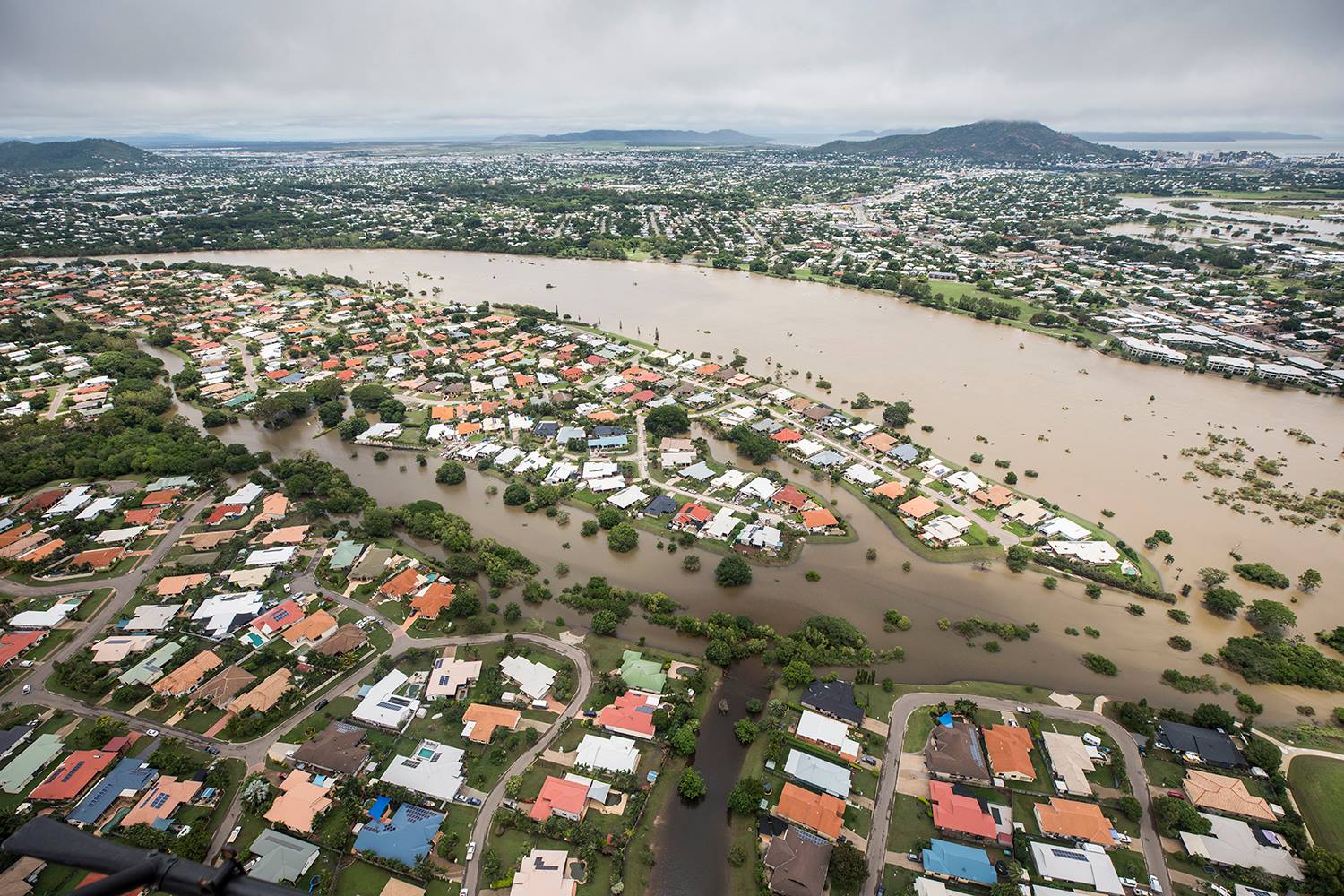Drone technology to gather data in underground mining operations is at the centre of a venture that has raised $3.5 million to commercialise its first product, Hovermap.
Queensland-based Emesent is a spin-out from CSIRO and its Hovermap technology automates the collection of valuable data in underground areas too dangerous or difficult for people to survey or navigate, such as stopes or ore passes in mines.
Drones installed with Hovermap can be deployed in GPS-denied environments without a human controller to create 3D maps, and record gas readings, videos and images.
The technology draws on a decade of research by CSIRO’s Robotics and Autonomous Systems group and 3D LiDAR-based simultaneous localisation and mapping (3D SLAM) techniques.
“Hovermap enables the mining industry to safely inspect inaccessible areas of underground mines, while improving the type and quality of data collected to unlock new insights,” Emesent co-founder and chief executive officer Dr Stefan Hrabar said.
“This includes comparing the stope design to the actual post-blast shape to detect over-break and under-break, identification of geotechnical structures and accurate post-blast volume reconciliations.
“The data we gather improves a mine’s productivity and provides a better understanding of conditions underground, all without sending surveyors and miners into potentially hazardous areas.”
Emesent’s Hovermap system is already being used commercially for a variety of applications by early adopters in Australia, the US, Canada, China and Japan.
MAIN IMAGE: 3D point cloud map of a mine stope created with Hovermap.
BELOW: Emesent co-founders Stefan Hrabar and Farid Kendoul.



